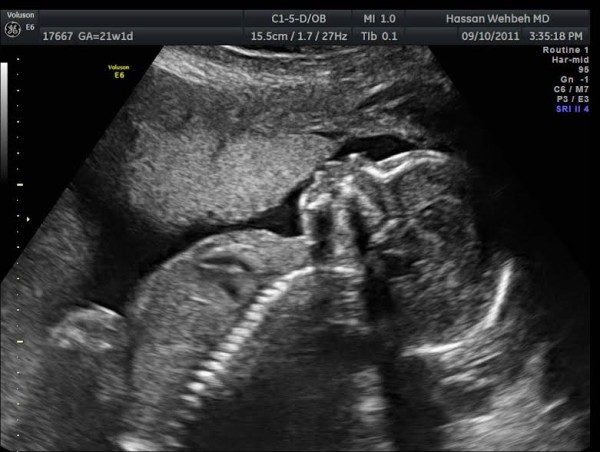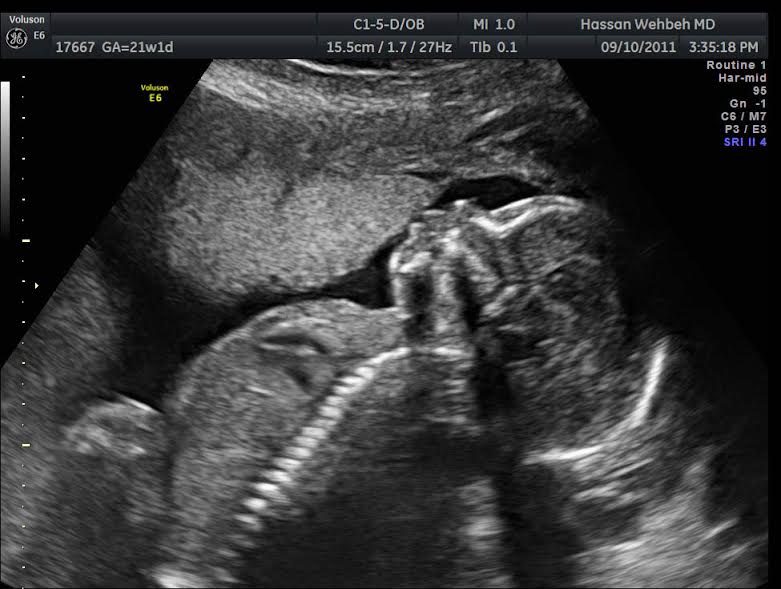
Abortion has always been a hot button issue, even more so today with the recent controversy surrounding the Planned Parenthood undercover videos about suspected fetal tissue sale. Once again putting abortion rights at the forefront. Both sides of the abortion debate are fired up. The debate surrounding abortion in the United States is split into two sides- one side touting the importance of a woman’s freedom to choose the right option for herself, the other standing firm in their belief that the fetus inside her should have the right to live. There have been an estimated 58 million abortions in the United States since Roe v. Wade in 1973, with 5% of abortions each year ranging from 16 weeks on, according to the Guttmacher Institute. But with no regulation on late term-abortions, are we failing to protect the most vulnerable in society?
Women have fought hard to become their own individuals who can make independent decisions for themselves and women having choices to make their lives what they want them to be is an important right. But while a woman should have rights to her own body, the body of the fetus inside of her, who at this point is a living being capable of surviving outside of the uterus should also be taken into equal consideration. The vendetta is in the balance between the choice for women to have an abortion and the rights of the child to be born, especially if the abortion is being done at a point where the child could very well survive outside of the uterus.
Many states, such as Texas, Louisiana and Indiana among others, regulate when a woman can receive an abortion, many states are also open to women aborting throughout all nine months for virtually any reason, namely New Mexico, Vermont, New Hampshire and Oregon. Although the text of Roe v. Wade-a case that allowed for legalized abortion in 1973- allows the state the ability to prohibit an abortion after a point of viability (around 23-24 weeks or so), it still allows for the procedure, when necessary, for the preservation of the life and health of the mother. Life/Health of the mother was later edited in Doe v. Bolton to only include; “…physical, emotional, psychological, familial, and the woman’s age… relevant to the well being of the patient.” The statements of what life/health entail are never made specific, allowing it to be defined by any number of statements. The wording used in these case texts allows for a woman to terminate a pregnancy for virtually any reason. It does not account for late-term abortions that are being done on fetuses who can more than likely survive outside of the uterus and pregnancies which are not harming the mother. It has been studied that a fetus can feel pain at 20 weeks of pregnancy [ref]Velde, M. V., & Buck, F. D. (2012). Fetal and Maternal Analgesia/Anesthesia for Fetal Procedures. Fetal Diagn Ther Fetal Diagnosis and Therapy, 31(4), 201-209[/ref]. It has also been found that babies born at 23-24 weeks of pregnancy have continuously survived premature birth with medical intervention, which as time has progressed, has only gotten stronger and better equipped to handle those situations.
As policies currently stand, there are no federal policies on book that prevent the practice of unregulated late-term abortions and only some states-namely Texas with its HB2 law which limits abortions to the first 20 weeks of pregnancy with exceptions including averting the mother’s death and/or “a substantial and irreversible physical impairment of a major bodily function arises” that was passed in the summer of 2013. In order to get a fully-encompassing late term abortion law, we need to pass a more specific law that gives clear definition to what life/health means to patch this hole in our abortion policy without infringing on a woman’s right to choose.
Should we as a civilized society be idle while a baby that can survive is terminated for any number of reasons not specified? Or should we find ways to ensure that both lives can be protected if possible? In order to protect our mothers and the most vulnerable among us, especially when they are in a period of development where survival is possible, we must put in specific definitions of what life and health of the mother is, in no uncertain terms, such as:
- It would interrupt a major bodily function and irreversibly harm the mother’s body.
- The fetus has a condition where their survival is not expected.
- The woman would become ill from continuing the pregnancy.
- A case where her mental health has deteriorated and it would be detrimental to continue the pregnancy, such as severe depression or a diagnosis of bipolar disorder.
With this refined definition we should reconsider passing the 20 week abortion bans as they would:
- Ban most abortions after a point where the fetus can feel pain.
- But keep the exception of mother’s health/life in place.
- With a more accurate definition of what mother’s health means, we can have clearer cut cases for later-term abortions.
A woman can decide to have an abortion at an earlier stage of her pregnancy, during a time where such advanced development has not yet taken place. Women should have the right to do with their bodies as they wish. But, one has to take into consideration the life of another being present, especially at a point of development where they will most likely survive. The law has to protect mothers and babies from abortions that are not needed, especially when options can exist to not end one for the sake of the other.
Take Action: Click here to access a petition to support the Pain Capable Unborn Child Protection Act.




